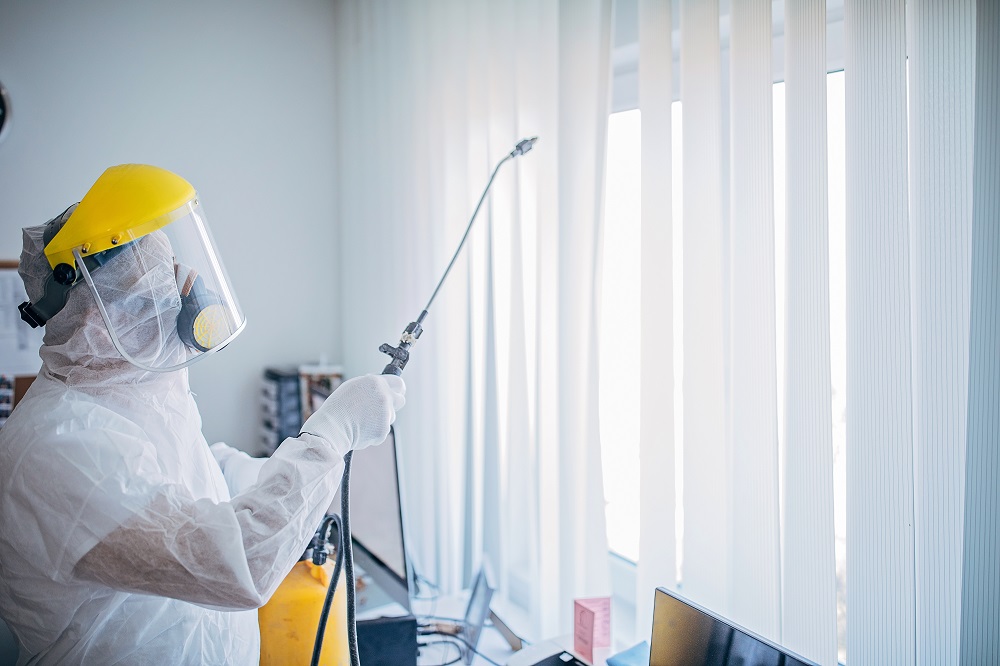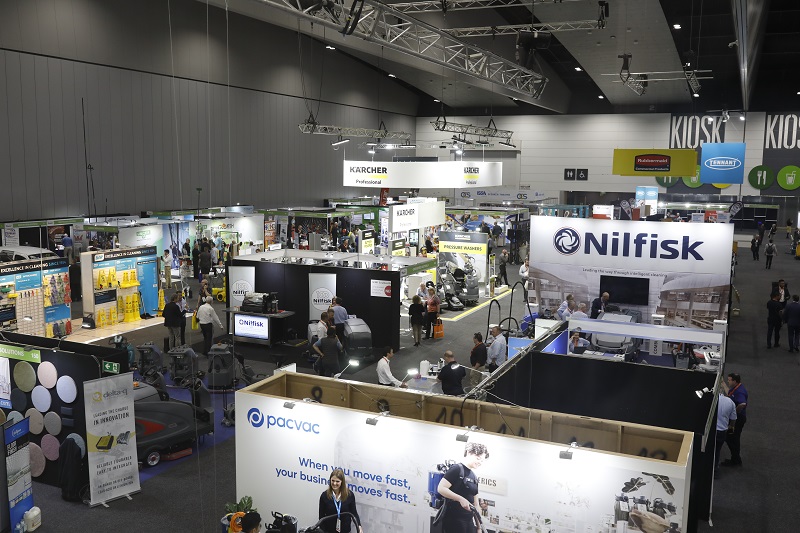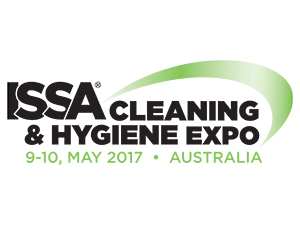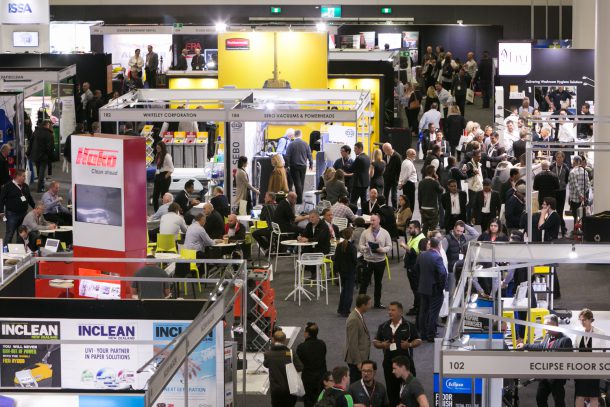
The British Cleaning Council (BCC) has published a guide to cleaning terms to help the UK economy reopen safely following the coronavirus lockdown.
Since the pandemic began, the industry body said it has received many enquiries about cleaning applications, processes and procedures from a variety of organisations that are reopening premises or seeking to design cleaning regimes that will ensure staff, visitors and the public stay safe and well.
The BCC has consulted member organisations from across the sector in order to compile an agreed guide to ensure informed decisions are made, good standards are reached and people are reassured when it comes to cleaning and hygiene in the current environment.
Key advice in the guide includes:
- When cleaning within the health care sector, standard operating procedures should be referenced in conjunction with the latest advice from Public Health England and the World Health Organisation
- A two-stage process is needed when employing methods such as ‘fogging’, ‘misting’, ‘spraying’, ‘fumigation’ and ‘bug-bombing’ – cleaning to remove the soil is essential before disinfecting to remove the pathogenic micro-organisms
- When employing a contractor or planning a cleaning and hygiene regime, it is essential that a current, robust risk assessment is designed acknowledging the various environmental factors that may be encountered
- When engaging external providers to carry out specialist cleaning/disinfecting activity it is important to review their credentials in terms of:
- Reputation and credibility
- Operator training
- Credibility of the product intended for use, preferably that which has undergone efficacy testing and has a unique EN number
- Result evaluation process – how is the outcome measured?
BCC chairman Paul Thrupp said: “Outside the cleaning and hygiene industry, there is some confusion about what is needed in terms of cleaning and disinfecting to ensure people stay safe and well in light of the risk posed by coronavirus.
“This has been aggravated by entities which have sprung up, aiming to capitalise on the public’s fears by offering cleaning products and services which may not do all that they claim.
“Our guide aims to bust these myths and offer an industry-agreed source of reliable, evidence-based information.
“It will help ensure that the high standard of cleaning and hygiene that are crucial for defeating coronavirus as the UK economy unlocks can be achieved and it will help provide the reassurance that people need.”
Cleaning terms
In response to many enquiries regarding cleaning applications, processes, and procedures the BBC have compiled the following information as a guide to ensure informed decisions are made when cleaning in COVID-19 situations or preparing to return to safe spaces and healthy environments.
Social media, publications and indeed the grapevine, are fascinated with the term ‘decontamination’ although this term is being linked to numerous other terms such as ‘fogging’, ‘misting’, ‘spraying’, ‘fumigation’ and ‘bug-bombing’ with insufficient attention to the clear need to engage a two-stage process which is cleaning and disinfecting.
In order for surface decontamination to be achieved the first stage is for the soil to be removed – known as cleaning, and the second stage is for the pathogenic micro-organisms to be removed – known as disinfecting.
When cleaning within Health Care Establishments process and product guidance will be detailed in the cleaning and disinfecting policy.
Standard operating procedures should be referenced in conjunction with information from Public Health England – PHE and the World Health Organisation – WHO.
It must also be noted that several other cleaning terms not covered in this guidance paper are used in Health Care Environments
When undertaking cleaning services in commercial environments.
This is led by the customer requirements usually by means of a cleaning specification. Cleaning specifications are broadly divided into 2 types. Input cleaning specifications and Output cleaning specifications.
The requirements of each are frequency driven in different ways. Neither type of specification specifies the cleaning requirements in terms of chemicals, materials or equipment.
The assumption of the client is that the cleaning organisation will deploy the most economical and efficient methods available. This obviously is not always the case the old adage of buyer beware tends to be put to one side until there is a service delivery problem!
Without exception it is essential that a current robust risk assessment is designed acknowledging the various environmental factors that may be encountered.
However, the risk must be monitored frequently in line with emerging guidance, changing landscapes and trends enabling the required adaptions to be embedded.
When engaging external providers to carry out specialist cleaning/disinfecting activity it is important to review their credentials in terms of:
- Reputation and Credibility
- Operator Training
- Credibility of the product intended for use, preferably that which has undergone efficacy testing and has a unique EN number
- Result evaluation process – how is the outcome measured?
Comment below to have your say on this story.
If you have a news story or tip-off, get in touch at info@3.106.117.80.
Sign up to INCLEAN’s newsletter.



